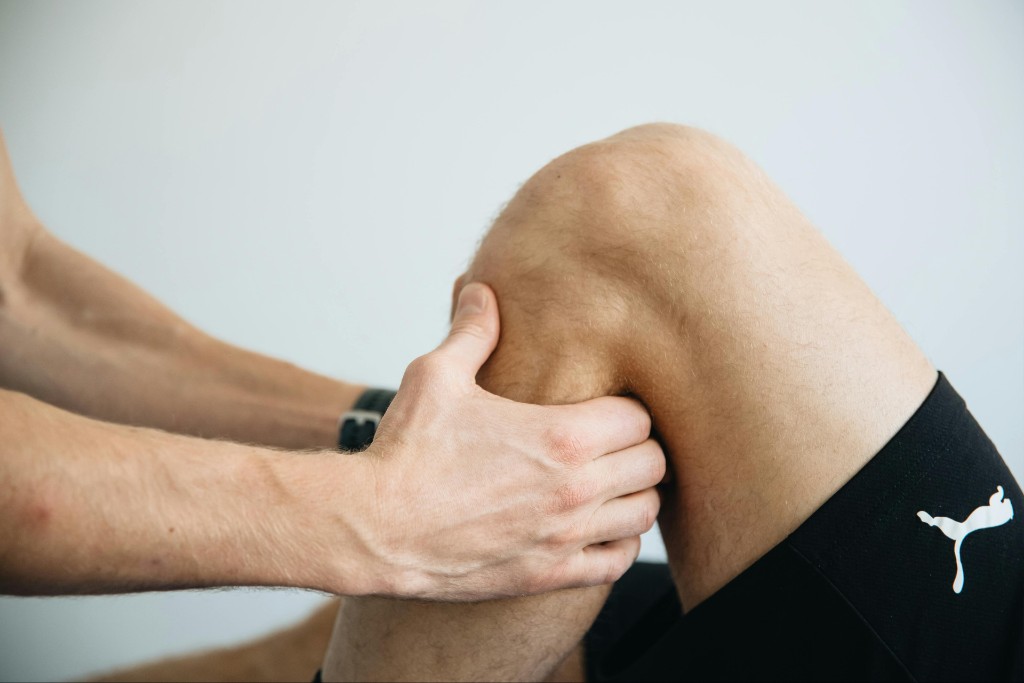In the vast landscape of treatments, Shockwave and SoftWave therapies have emerged as revolutionary methods for pain management and tissue healing. SoftWave therapy is a special type of shockwave therapy that uses patented technology to provide better outcomes with fewer side effects. SoftWave therapy shares foundational principles with other shockwave treatments, but with varying applications and advantages, especially when diving into the specifics of the expected outcomes.
Understanding Shockwave Therapy & SoftWave Therapy
Shockwave and SoftWave therapies, though closely related, cater to varied needs, making it vital to understand their distinct characteristics and mechanisms.
What is ShockWave Therapy?
Shockwave therapy, a brainchild of the 1980s, utilizes high-energy acoustic waves to invigorate and expedite the body’s healing process. Fundamentally, its mechanism revolves around creating microtrauma, prompting increased blood circulation and metabolism in the affected area, which in turn accelerates recovery. Today, it stands as a beacon for treating a myriad of conditions, ranging from tendonitis to kidney stones. There are several different types of shockwave therapy:
- Focused Shockwave Therapy: As the name suggests, it directs energy in a concentrated manner onto a specific point, allowing for deep tissue penetration. This is especially beneficial for treating conditions that are embedded deep within the body.
- Radial Shockwave: Radial shockwaves, also known as radial pressure waves, are created via a pneumatic process, where a propelled object strikes a transmitter in a handpiece. This generates waves that expand outward from their source. Unlike genuine shockwaves, radial waves cannot concentrate energy on a specific spot. Instead, they disperse energy more widely, offering effective treatment for conditions nearer to the skin’s surface.
- broad-focused Shockwave Therapy: broad-focused shockwaves distribute energy over a larger and deeper tissue region. These shockwaves are commonly generated using techniques such as electrohydraulic methods, where an underwater electrical discharge creates a shockwave. Due to their broader energy dispersion, they find application in treating conditions that gain from a comprehensive therapeutic approach.
Learn more about Shockwave Therapy
New Patient Special
Try SoftWave for just $69 at a clinic near you. No drugs. No surgery. Just relief.

What is SoftWave Therapy?
SoftWave therapy is a specialized form of shockwave therapy renowned for its unique approach to addressing various conditions. The patented SoftWave therapy device produces low-intensity broad-focused shock waves that penetrate a wider and deeper area of tissue (7cm x 12cm), compared to focused shock waves (1cm x 12cm) and radial waves (2cm x 2cm), which are not true shock waves. SoftWave is the only true broad-focused shock wave treatment available today. Unlike traditional shockwave therapies, which may require anesthesia and could be associated with discomfort, SoftWave therapy harnesses the power of broad-focused shockwaves to deliver effective treatment without causing significant pain or microtrauma.
During a SoftWave therapy session, low-intensity shockwaves are applied to the affected area, initiating a cascade of healing responses in the body. This innovative mechanism not only promotes tissue regeneration but also enhances blood flow and cellular activity, aiding in the recovery process. broad-focused shockwaves play a crucial role in SoftWave therapy’s success by treating larger and deeper tissue areas, thereby maximizing treatment area and therapeutic results.
SoftWave therapy can treat a variety of conditions, ranging from musculoskeletal issues, wound healing, and neuropathy, to promoting tissue regeneration in various body parts.
Potential Side-Effects of Shockwave Vs SoftWave

While known for being non-invasive, shockwave therapy can have side effects. Common aftereffects of shockwave therapy include mild discomfort, swelling, or bruising at the treatment site. However, these reactions are temporary and usually subside within a day or two, allowing the therapy’s benefits to shine through.
Comparatively, SoftWave therapy side effects are minimal during and after treatment due to its use of broad-focused shockwaves. Unlike other types of shockwave treatments that are painful, SoftWave brings little to no pain, making it an appealing option for many.
Cost and Access of SoftWave & Shockwave Therapy
Shockwave therapy’s costs tend to vary considerably, with several factors at play. Depending on the region, the facility’s stature, the number of sessions advised, and the specific ailment being addressed, and the type of shockwave therapy used, a patient can anticipate costs anywhere from $100 to $500 per session. For those wondering where to find it, Shockwave therapy is available at specialized medical centers, dedicated clinics, and physiotherapy facilities dot various regions, offering advanced treatment for musculoskeletal and soft tissue conditions.
To start your shockwave journey, SoftWave therapy is offering a $69 new patient special which includes an assessment, consultation, and one SoftWave treatment session. This allows patients to experience SoftWave and decide whether to continue with a full treatment. Learn more about SoftWave pricing or find a clinic near you to get started.
Selecting The Best Shockwave Therapy for Pain
With the array of shockwave therapy options available, it’s important to research and understand the nuances and benefits of each. Factors to consider include the location and severity of pain, the type of shockwave technology used, the condition to be treated, and its suitability for your needs. To best address your case, discuss with a medical professional to determine the best treatment for your specific injury and condition.
For effective pain relief from soft tissue injuries and chronic pain, SoftWave therapy stands out. It’s FDA-cleared, patented, and nationally acclaimed for advanced tissue regeneration. Unlike other therapies, SoftWave employs the only true broad-focused shockwaves in the market for broader and deeper tissue coverage. Patients benefit from minimal side effects, brief treatment, swift recovery, and enduring results.
Interested in exploring SoftWave therapy? Find a provider today or learn more about how this non-invasive treatment can address your specific needs.
New Patient Special
Try SoftWave for just $69 at a clinic near you and learn if you’re a candidate for full treatment





